Interest
Hayao Miyazaki Looks Back on His Memories of Creating My Neighbor Totoro
posted on by Kim Morrissy
Studio Ghibli published a book entitled Totoro no Umareta Tokoro (lit. "The Place where Totoro was Born") in May. The book includes an interview with esteemed anime filmmaker Hayao Miyazaki, where he looks back on his memories of creating My Neighbor Totoro.
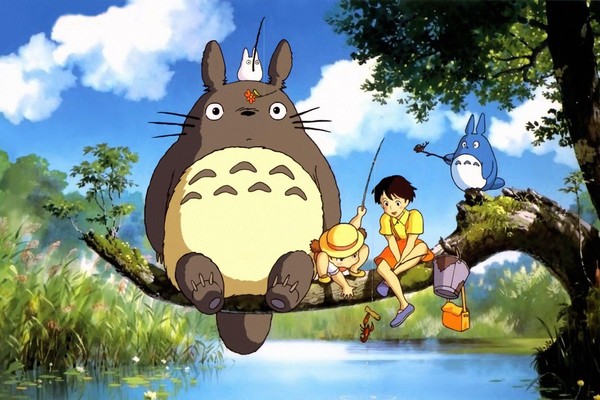
In the interview, Miyazaki states that he first came up with the idea for the creature named Totoro when he conceived the scene where Mei waits for the bus in the rain. Miyazaki wanted to capture something that was inexplicable and yet also familiar that would stand next to Mei. The original title for the film was Tonari ni iru Obake (lit. "The Ghost Beside Me"), which the late Isao Takahata approved of at the time.
The film's setting is based on the city of Tokorozawa in the Saitama Prefecture, where he lived with his wife when they were a young couple in the 1960s. The film is generally not based on specific locations, but rather on Miyazaki's vague memories of what Tokorozawa was like as a rural town in those days.
One scene in My Neighbor Totoro that is based on a real-life location is the hospital where Mei and Satsuki's mother has been resting. Miyazaki based it on the Shin Yamanote Hospital, which was where his own mother had been hospitalized for a long time years ago.
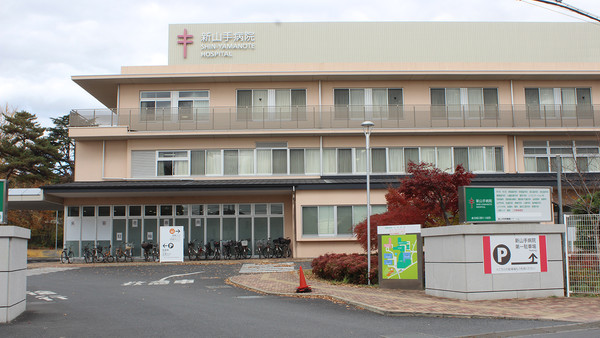
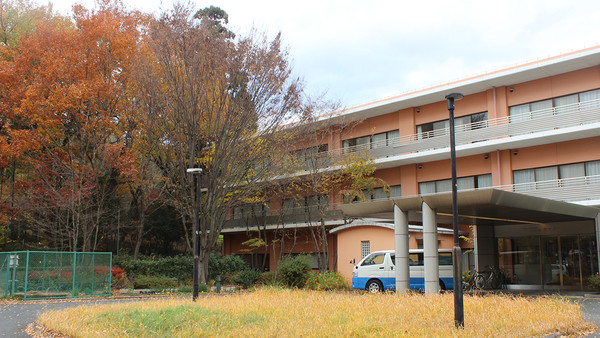
Miyazaki decided on creating a film with a rural Japanese setting during the time he was working on Heidi, Girl of the Alps. He said that when he went to Switzerland to learn how to draw the plants and wildlife there, he thought, "The greenery in Japan is better." Despite being a self-confessed Europhile, Miyazaki decided to create a film that captures just what is so spectacular about nature in Japan. "Although I still hate Japan," Miyazaki added.
The experience of creating My Neighbor Totoro reaffirmed Miyazaki's appreciation for the parts of Japan that have now been lost to time. Miyazaki notes that the landscape of Tokorozawa is completely different nowadays thanks to urbanization. Even during the production of My Neighbor Totoro in the 1980s, the Japan that Miyazaki remembered had faded.
"There was a house that was the splitting image of Kanta's house [in the film]. When we were making the film, I went there with the background artist Kazuo Oga to check it out, it was surrounded by all these levee protection works, and the scenery had changed. I was disappointed, but Mr. Oga said, 'I get the vibe.' He put his imagination to work and reconstructed the feeling."
Toshio Suzuki, producer at Studio Ghibli and a lifelong friend of Miyazaki, disagrees with the idea that Totoro's spirit has "left" Tokorozawa. It is mentioned in the book that Miyazaki has recently been taking Suzuki around Tokorozawa to show him "the place where Totoro was born." Suzuki was enchanted with Hachikokuyama Park, a forested area on the border of Tokorozawa, and remarked, "This is where the gods dwell."
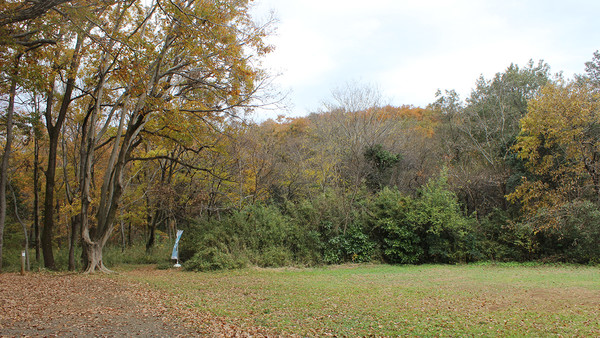
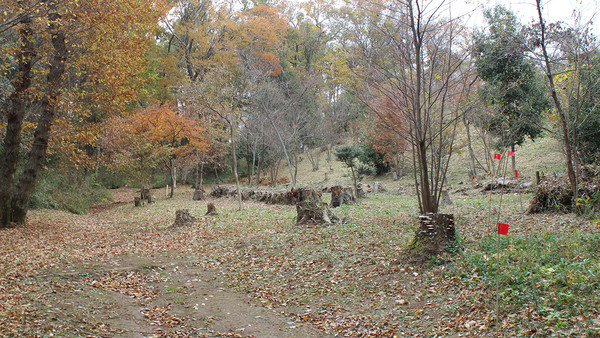
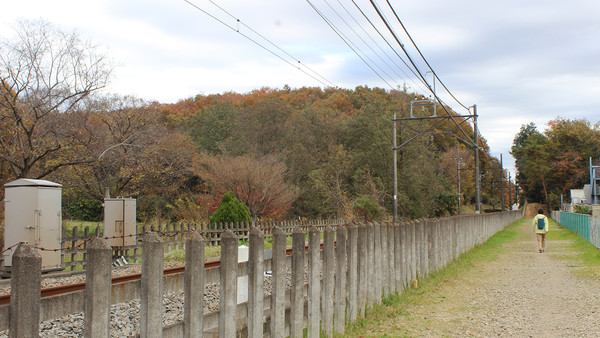
Miyazaki remarks that it would be very difficult for Ghibli today to recapture what made My Neighbor Totoro so special. He initially conceived Totoro, the Cat Bus, and the other creatures that appear in the film as creatures that can't be easily defined. He also apparently "did not overthink it." According to Miyazaki, if you are too conscious of what something is supposed to be or think too much about the commercialization, then it will subconsciously affect the way you draw it, and it will come out with a completely different feeling.
In spite (or perhaps because of) Miyazaki's insistence that Tokorozawa has changed for the worse over time, multiple areas in the Sayama Hills near Tokorozawa are now dedicated to forest conservation thanks to the popularity of My Neighbor Totoro. In 1991, the first "Totoro Forest" was established with the use of donated funds from the Totoro no Furusato Foundation. In 2002, the trust was awarded the “Environment for Tomorrow Prize- Special Award for Forest Heritage-” by The Asahi Shimbun Company.
Ghibli's Where Totoro was Born book also inspired an exhibit at the Ghibli Museum which ran from September 12 to November 4.
Edit: An earlier version of the article said that Miyazaki lived in Tokorozawa in the 1950s when it was in fact the 1960s. This has now been corrected.
this article has been modified since it was originally posted; see change history